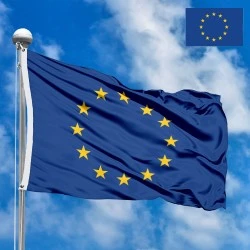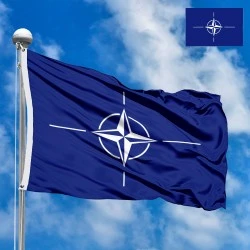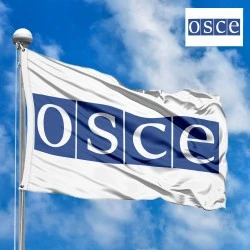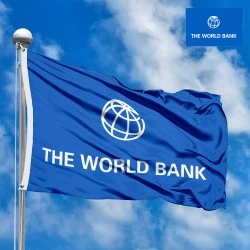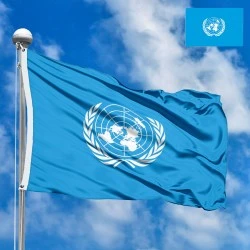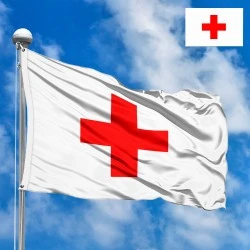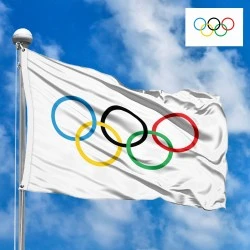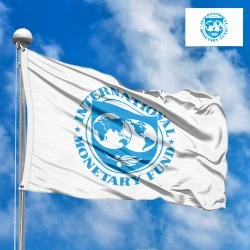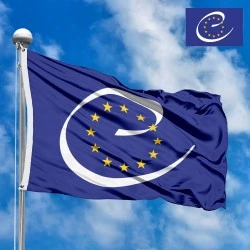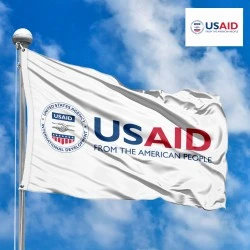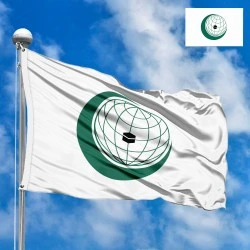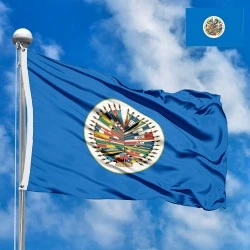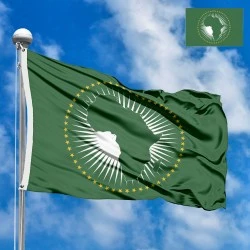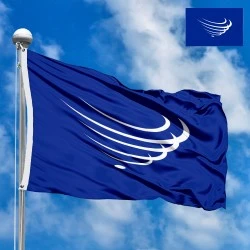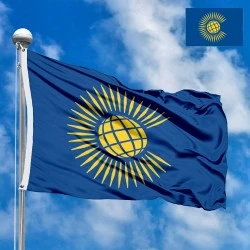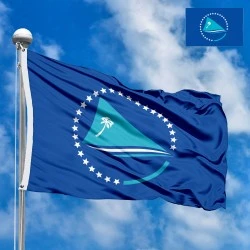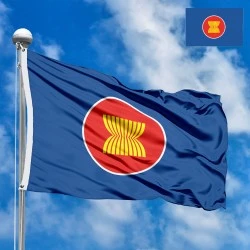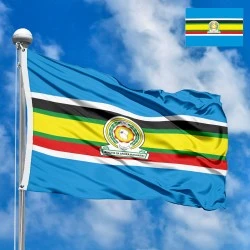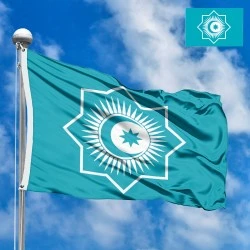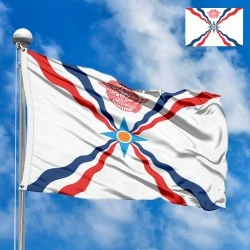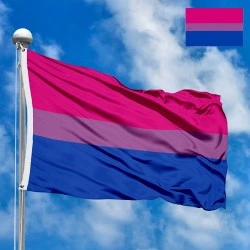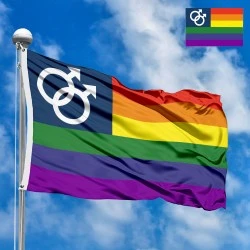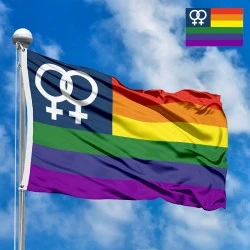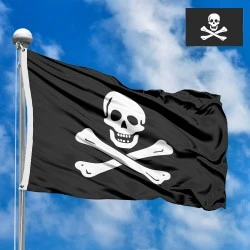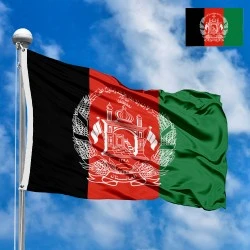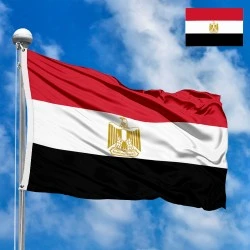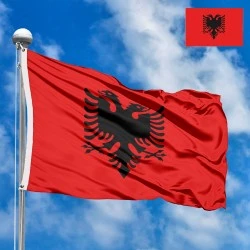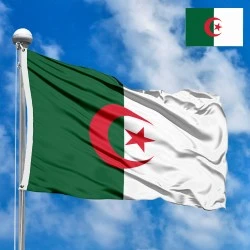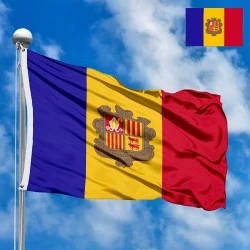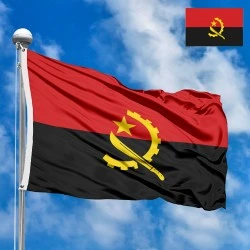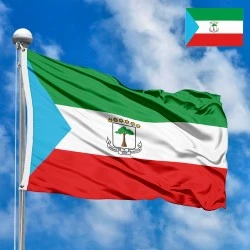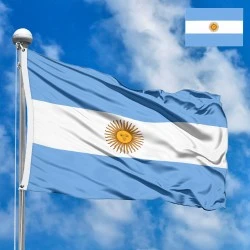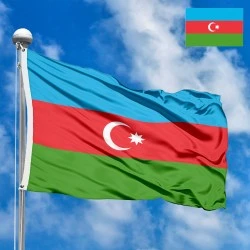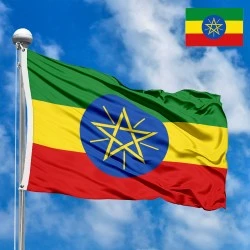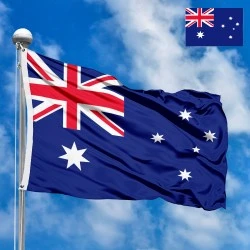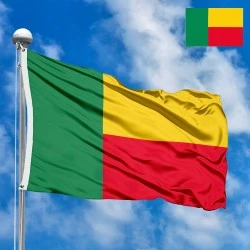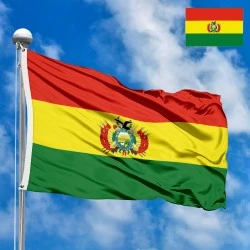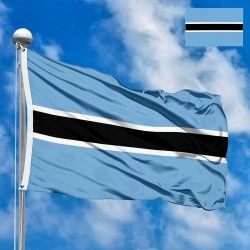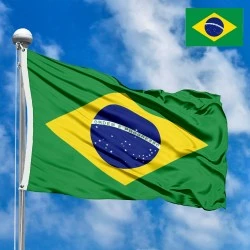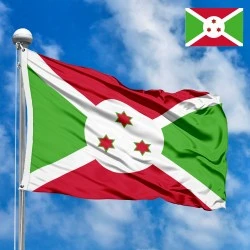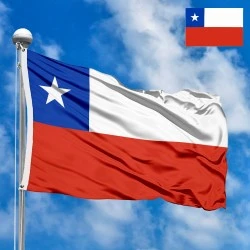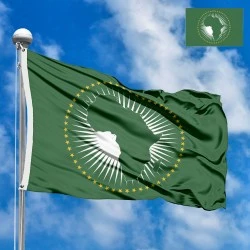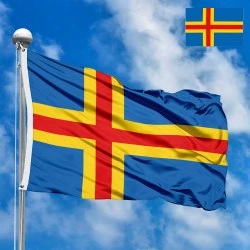UNESCO flag
- Flag Type: International organizations
- Proportions (official): 2:3
- Official name: United Nations Educational, Scientific and Cultural Organization
- Capital: Paris, France (Headquarters)
- Currency: Euro (EUR), US Dollar (USD)
- Languages: English, French, Spanish, Arabic, Chinese, Russian
Flag Information
General information
Economy and communications
- All Flags
- Flags of Countries by Continent
-
Flags of Organizations
- Flags of UN countries
- Flags of the European Union countries
- Flags of NATO countries
- Flags of the countries of the Organization of Islamic Cooperation
- Flags of the countries of the Organization of American States
- Flags of the Arab League countries
- Flags of the African Union countries
- Flags of the countries of the Union of South American Nations
- Flags of the Commonwealth of Nations
- Flags of the countries of the Secretariat of the Pacific Community
- Flags of the Nordic Council countries
- Flags of the Caribbean Community
- Flags of the countries of the Association of Southeast Asian Nations
- Flags of the East African Community
- Flags of the countries of the Organization of Turkic States
- LGBT Community Flags
- Historical Flags
- Ethnic Flags
- Flags of the USA (states)
Description
The UNESCO flag is one of the organization's official symbols, visually expressing its mission and ideals. It is a powerful combination of simplicity and profound symbolism, reflecting the organization's commitment to education, science, and culture. This flag serves as a reminder of its role in fostering peace and understanding through intellectual and cultural cooperation. Its design, developed with attention to detail, is recognizable worldwide and embodies the key principles enshrined in UNESCO's constitution.
Design and Symbolism
The UNESCO flag is a blue banner with the organization's emblem at the center. Blue and white are the official colors of the United Nations. This color scheme symbolizes peace, stability, and a commitment to international cooperation.
The emblem itself is a unique and memorable element. The organization's logo consists of the text "UNESCO" in a white sans-serif font, where each letter forms a column of the portico of a stylized ancient architectural structure. This stylized temple symbolizes one of its main goals—the cultural activity of preserving world cultural and historical heritage. The temple is also adorned with a pediment and a three-step staircase, which adds to its grandeur and stability.
Dimensions and Proportions
The official UNESCO flag has a rectangular shape. The organization's emblem occupies the central part of the banner. The flag's aspect ratio is typically 2:3, which is standard for many international and national flags. This ensures a harmonious appearance and ease of use at various events. The size of the emblem is proportional to the size of the flag itself so that it remains clear and easily distinguishable.
History of Creation and Adoption
The United Nations Educational, Scientific and Cultural Organization (UNESCO) was founded in 1945 after the end of World War II with the goal of "building bridges" between peoples through education and culture. Soon after, the question of creating a logo arose. The emblem, which is the central element of the flag, was designed in 1946 by the Hungarian graphic designer István Kende. The flag was officially adopted by the organization to serve as a recognizable symbol of its mission and presence worldwide. Its use was officially regulated in the protocol documents governing the use of UNESCO's symbols.
Countries and Regions
UNESCO is a truly global organization, bringing together 195 member states and 11 associate members. Its work spans all continents and regions of the world, from North and South America to Africa, Europe, and Asia. The organization's presence is felt in every country through its programs, such as World Heritage lists, biosphere reserves, and literacy programs. This broad geographical coverage underscores the universality of its mission and the global significance of its flag.
Interesting Facts
-
The style of the emblem, where each letter of "UNESCO" forms a column, was revolutionary for its time and remains an example of minimalist and meaningful design.
-
The temple depicted in the emblem does not symbolize any specific historical building but is a collective image representing the cultural heritage of all humanity.
-
The UNESCO flag, like the UN flag, is a symbol of peace. The organization uses it at all its headquarters, regional offices, and events around the world, including missions in conflict zones, where it symbolizes neutrality and hope.
In the demonstration images, full-size flags are shown with proportions of 2:3, and hand-held flags with proportions of 1:2.
Donation
Download
Completely free for commercial and non-commercial use (public domain).
You can freely use them in your news magazines, websites, software, mobile applications.
We appreciate a backlink to https://flagssite.com
Raster files - UNESCO flag (PNG, JPG)
 Waving flag
Waving flag
- PNG format (transparent background), 72dpi, dimensions in Pixels (px), aspect ratio 3:4.
- 15х20 px
- 30х40 px
- 60х80 px
- 120x160 px
- 240x320 px
 Sizes:
Sizes:
"v15" - image size (by height); if necessary, replace with available: v15, v30, v60, v120, v240.
!!! For resizing, use the Latin (eng) keyboard layout.
<img src="https://flagssite.com/flags/v15/20810.png" alt="UNESCO flag">
 Round flag
Round flag
- PNG format (transparent background), 72dpi, dimensions in Pixels (px), aspect ratio 1:1.
"d15" - image size (diameter); if necessary, replace with available: d15, d30, d60, d120, d240.
!!! For resizing, use the Latin (eng) keyboard layout.
<img src="https://flagssite.com/flags/d15/20810.png" alt="UNESCO flag">
 Rectangular flag 2:3
Rectangular flag 2:3
- JPG format, 72dpi, dimensions in Pixels (px), aspect ratio 2:3.
"h30" - image size (by height); if necessary, replace with available: h15, h30, h60, h120, h240, h360, h480.
!!! For resizing, use the Latin (eng) keyboard layout.
<img src="https://flagssite.com/flags/h30/20810.jpg" alt="UNESCO flag">


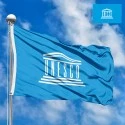



 Sizes:
Sizes:
 Sizes:
Sizes:
